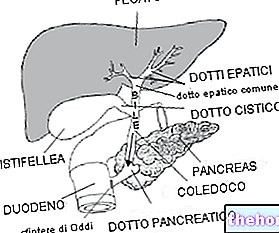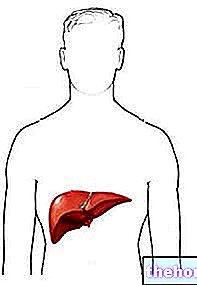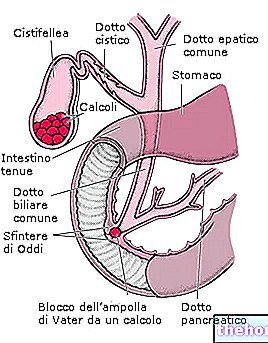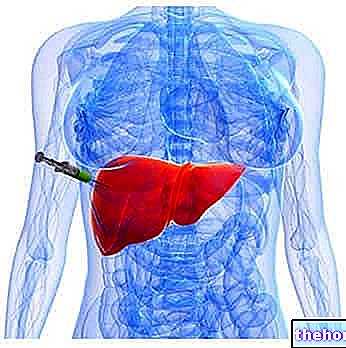Survival
The survival rate of patients with hepatocarcinoma is very low, due to the severe impairment of the organ already present at the time of diagnosis. According to recent data released in 2014 by AIOM (Italian association of medical oncology), in Italy:
17% of males and 16% of females who contracted these neoplasms are still alive 5 years after diagnosis (period 2005-2007). Compared to the previous five years, life expectancy appears to have improved proportionally, albeit in the context of a disease with a poor prognosis.
Surgical intervention
The only treatment modality capable of prolonging survival is the surgery, but, unfortunately, only 25% of patients have liver cancer that can be operated on.
Furthermore, the simultaneous presence of liver cirrhosis is considered a contraindication to surgery, because it almost always means an extension of the tumor to the whole liver. Even a very large tumor is a contraindication to the operation.
In the early stage, patients with sufficient functioning liver parenchyma may undergo surgical resection and less often liver transplantation.
Liver transplantation
A modern and fascinating alternative to surgical tumor resection is liver transplantation, even if the results published so far are not very encouraging: in a large number of cases, only 24% of patients survived and 14% are been free from the disease for a period ranging from several months to years. Even in the case of transplantation, the size of the mass is crucial.
Chemotherapy
When a liver tumor is found to be non-removable or has distant metastases, given that systemic chemotherapy (blood-injected chemotherapy drugs) has been found to be ineffective, much of the clinical research has focused on local and regional chemotherapy; this technique consists in injecting the chemotherapy drug into the hepatic artery, which takes it into the liver, straight to the tumor.
In advanced stages of the disease, patients with good liver function (Child A) may be treated with sorafenib, a multi-kinase inhibitor.
Local ablative treatments
Other times it is simply intervened by ligating the hepatic artery, in order to remove the supply of blood rich in nutrients to the area affected by the carcinoma, promoting its death.
Then there are other techniques, more modern, calledchemoembolization, based on the use of radioactive contrast media that are localized in the tumor and to which chemotherapy drugs can be attached.
Currently, local and regional therapies have shown efficacy in an actually higher percentage of cases than systemic therapy, precisely because they cause the death of many tumor cells and a reduction, even if transient, in its size.
Interesting are also the results obtainable with another modern technique, called percutaneous alcoholization under ultrasound guidance: it consists in injecting ethyl alcohol (ethanol) directly into the tumor with a special needle (through the overlying skin and using ultrasound as a guide to identify it). Alcohol is toxic to tumor cells; this treatment seems particularly indicated for lesions of limited number and size.
The same can be said for the most recent method of radio frequency, with which it is possible to eliminate tumors that generally do not exceed 5 cm in diameter. This technique consists in the application of heat directly on the tumor by means of special "electrodes".
Also there radiotherapy it can be useful for reducing the tumor mass.
Other articles on "Liver Cancer - Survival and Cure"
- Liver cancer diagnosis
- Tumors of the liver
- Types of liver tumors
- Liver cancer symptoms
- Secondary liver tumors
- Liver Cancer - Medicines for Liver Cancer Treatment




























